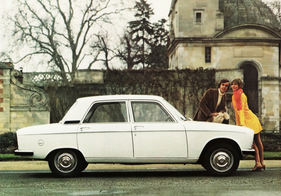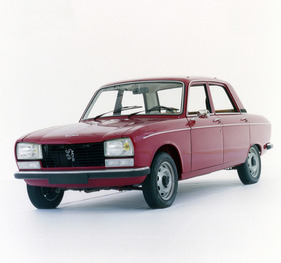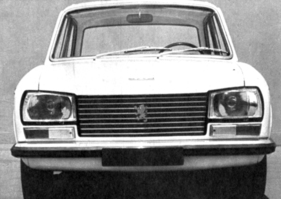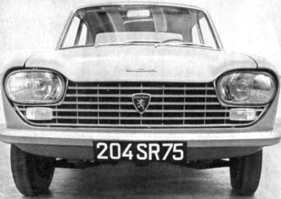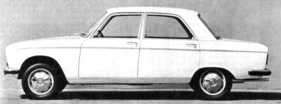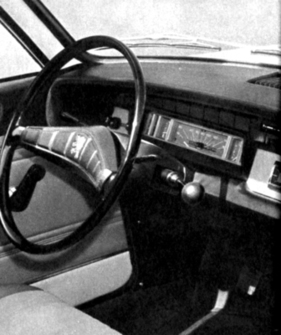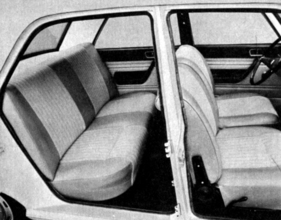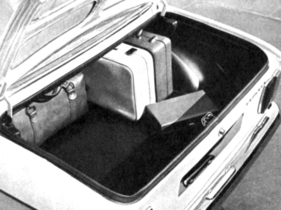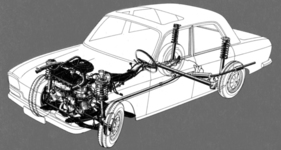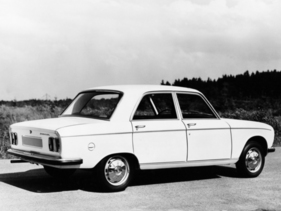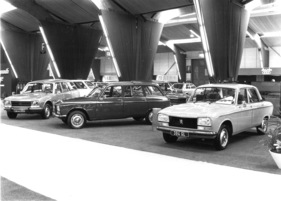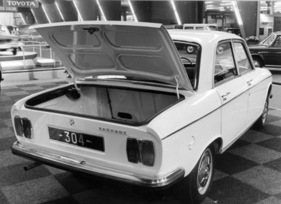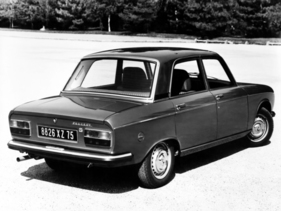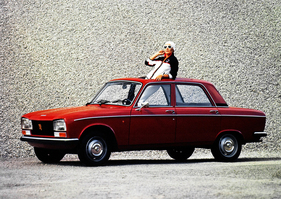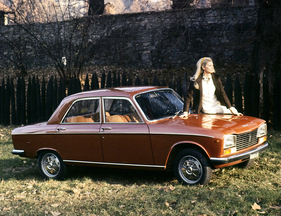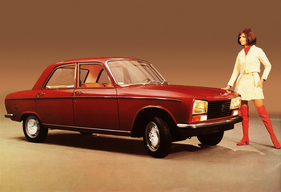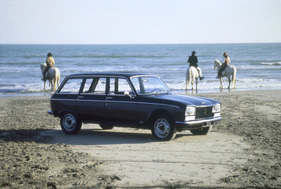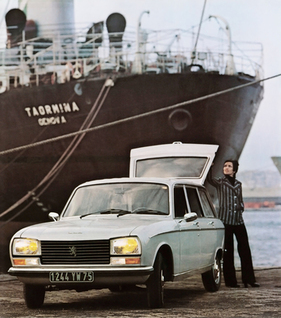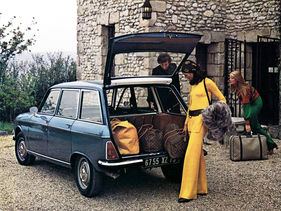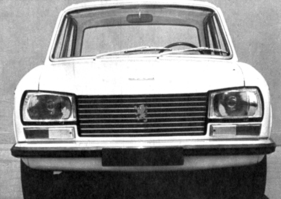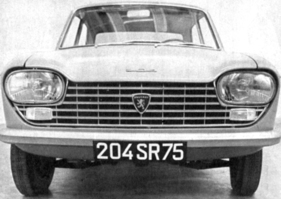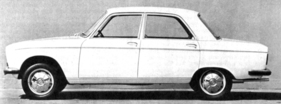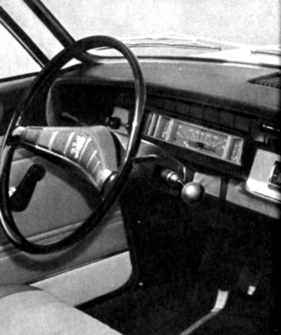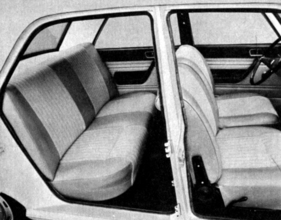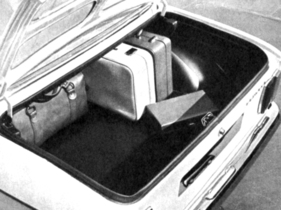Should the Peugeot 304 replace the 404? Peugeot 304 in the (historical) test
Summary
In 1969, Peugeot presented the 304 model in Paris. Although the car was technically based on the 204 model, it was also intended to replace the somewhat outdated, larger Peugeot 404. The hobby editors wanted to find out in an extensive test whether it could succeed in this. This report reproduces the original text from back then and shows the almost 1.2 million compact front-wheel drive model in historical photographs.
This article contains the following chapters
- The tried and tested in a new guise
- Greater knee room, but still limited legroom
- How much power does a fan swallow?
- From Paris westwards
- Advantages and disadvantages in terms of operation and comfort
- Very good safety aspects
- New, very modern line
- Forecast at the end
Estimated reading time: 7min
Preview (beginning of the article)
You can only say "Respect!" when you realize what simple means Peugeot has used to turn the 204 into a 304 that almost looks like a 504! It is always an advantage to make chassis faster than they have to be given their performance. This relieves the designers of the hassle of having to create something new that has not yet proven itself. The Peugeot 304 is practically the 204 with a larger body and a more powerful engine. This means that the 304 has the same wheelbase, the same track and the same chassis. The 304 is 17 cm longer, 1 cm wider and 1 cm higher than the 204 and weighs 50 kg more. The 17 cm extra length is divided into 2 cm at the front and 15 cm at the rear, which measure the overhangs more. The gain is 75 liters more trunk space, namely 445 liters in the 304.
Continue reading this article for free?
Photos of this article

